Book Your TPIE Rooms Now!
I got a message from the folks at Florida Nursery, Growers & Landscape Association (FNGLA) to remind those planning to attend January’s Tropical Plant International Expo (TPIE) to book their rooms now. I know, it’s only October—but Florida in January is a nice place to be and hotel rooms go quickly. So, get on it!
TPIE takes place Wednesday, January 21-Friday, January 23, at the Broward County Convention Center in Ft. Lauderdale, Florida. They have some pre-show tours that happen the day before—FNGLA will provide more information on what those will be very soon—but if you’re the type that likes tours of production facilities and maybe some garden centers, be sure to extend your hotel reservations for before and after the show dates to enjoy all that South Florida horticulture offers.
According to Kate Clary, FNGLA’s Director of Marketing, Strategy and Communications, there’s a lot that TPIE attendees can look forward to at TPIE 2026. Such as? Well, in addition to the state-of-the-art upgrades to the Broward County Convention Center (yay!), you’ll have the opportunity to book your stay at the very-soon-to-open Omni Ft. Lauderdale, that big, beautiful hotel you may have seen going up right next door to the Convention Center. The Omni will now be the TPIE headquarter hotel.
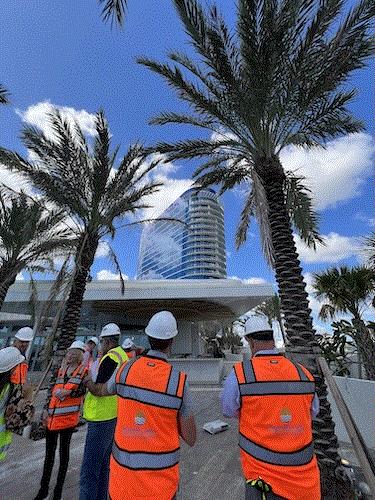
Bossman Beytes and the TPIE planning committee getting a tour of the new 800-room Omni Hotel Ft. Lauderdale.
As part of FNGLA’s TPIE Planning Committee, Bossman Beytes had a tour of the place, including the spectacular rooftop!
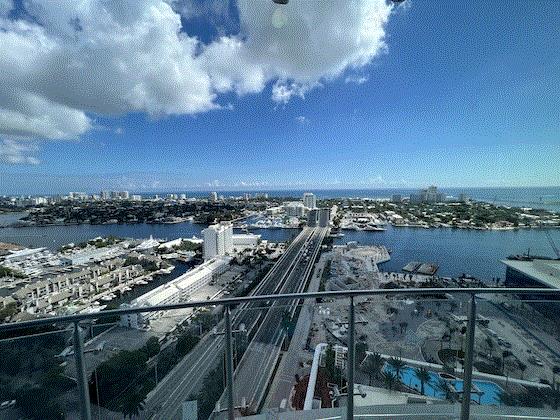
He said construction is about done and it’s beautiful. Chris also mentioned that the Opening Reception will be held in the big new outdoor space on the water. I think you can see it below from the rooftop.
Kate said this new rooftop—which also includes a restaurant—will make for some amazing hosted after-show networking opportunities.
Book your room—whether it’s at the Omni or another official TPIE hotel—using this LINK.

Colors Galore
TPIE’s tagline, “Always evolving, always on trend,” is a big reason for attending the event. The organizers do a great job of highlighting industry and consumer trends. One of the trends our industry is always interested in is colors—pot colors, plant colors, accessory colors and the like. That makes sense because adapting products to the latest hip colors is one of the quickest ways growers and retailers can pivot to changing consumer interests.
What are the on-trend colors for 2026? Glad you asked! There’s a WEBSITE that tracks the latest “Color of the Year” announcements, and you should be aware of it. Yes, there is more than one “Color of the Year,” and Pantone doesn’t necessarily own the category. Paint companies, unsurprisingly, have a lot at stake when it comes to directing color trends, so many of the “Color of the Year” colors are coming from them.
The Young House Love color-tracking site conveniently assembled the announced colors so far:
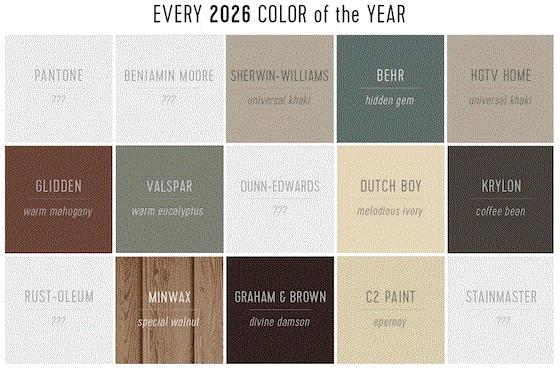
We’re not seeing anything bright, are we? Muted tones rule for 10 of the 15 colors this site tracks. Sherwin-Williams is calling its pick of Universal Khaki a “warm, earthy neutral.” Behr says its Hidden Gem is a “smokey jade with an air of mystery.” Valspar describes its Warm Eucalyptus as “restful to the eye” and therefore “restful for the soul.” Restful? Or sleepy? They all seem quite mellow to me.
Now, here’s the thing: These are all colors that make for mellow and neutral backdrops for VIBRANT POPS OF COLOR! Tropical blooms would just explode when placed against backdrops such as these. And think of the range of colorful houseplant pots that would be home to foliage plants—if the greenery doesn’t stand out against these colors, you can certainly have their containers take on that job.
This site (which is a sub-segment of the Young House Love website) is still awaiting a few more Color of the Year announcements. Stay tuned! Maybe one of them will add something sparkling.

Think Pink
That’s what Plants In Design (a TPIE exhibitor) reminded folks in a recent LinkedIn post. I am not sure how it happened, but it seems to me October’s pink-colored Breast Cancer Awareness campaigns have been fading from our collective attention over the last several years. The Miami-based bromeliad grower’s message brought it back to my attention, and I am glad they did. I have several good friends who are breast cancer survivors, and perhaps you yourself are one. While deaths from breast cancer have been declining for many demographic groups in the U.S., breast cancer rates are on the increase for women under the age of 45. Research is critical for greater understanding of its causes and treatment.
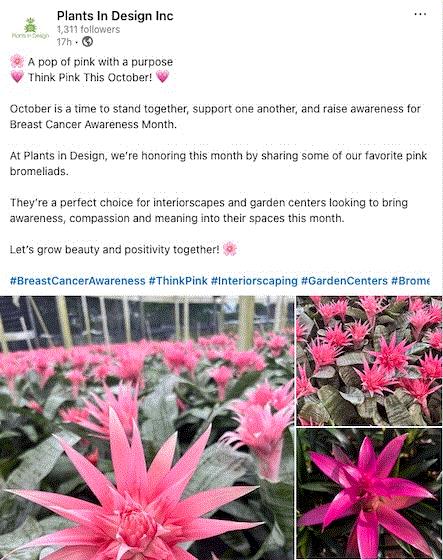
Plant In Design's recent LinkedIn post reminding us to "Think Pink" for breast cancer awareness campaigns this month.
Breast Cancer Awareness month is not even halfway over. That gives you some time to set up a “Think Pink” breast cancer awareness campaign (if you’re a retailer) or spread the news and the availability to your customers of your pink-blooming bromeliads (as Plants In Design did), orchids or whatever other pink flowers you are producing.
If you are a breast cancer survivor or undergoing treatment—you’ve got our support!
By the way, if you want to follow my exploits on LinkedIn, I welcome you to tag along! Find me HERE.

Deroose on Tariffs
It turns out this last item can also relate back to TPIE. This appeared in Bossman Beytes’ Acres Online a few weeks ago and shares how the folks at Deroose Plants—a long-time TPIE exhibitor—are handling the ongoing tariff challenges. It’s proof that innovative thinking solves problems.
My friend Paul Deroose, who started Deroose Plants in Apopka, Florida, in 1994 as a North American division of his family’s business in Belgium, is a smart businessman who isn't going to let a little thing like tariffs get him down … even though about 95% of his bromeliad young plants and other plant material comes from their own companies in China—meaning it’s subject to tariffs. I recently asked Paul how Deroose is coping and he told me a few interesting things:
- First, they can’t easily avoid high Chinese tariffs by moving their location to another country: “It would take years to achieve something like that and major investments.”
- Nor can they get around the tariff by first shipping to a low-tariff country: “Not possible, as the transit time is too long, the plants don’t survive and many countries do not allow re-exporting immediately.”
- Then they had a genius idea: Split the invoice into two invoices. “One for the plants only and one for handling service, packaging, documents, phyto and shipping. This second invoice with no plants is not subject to tariffs, so a significant amount of our normally tariffed goods are not tariffed.”
- Lastly, they took a gamble (that seems to be paying off). Paul said they buy in some bareroot foliage that they don’t grow themselves from other Chinese suppliers. Right after the tariffs hit 150% they met with their Chinese buying agent and considered canceling all new orders due to the high cost. But when the agent said that’s what all the other U.S. customers were doing, too, “… we decided to ship anyway, anticipating there would be a shortage in the market of sansevieria, Ficus Ginseng, pachira braids and some other things we bring in this way.”
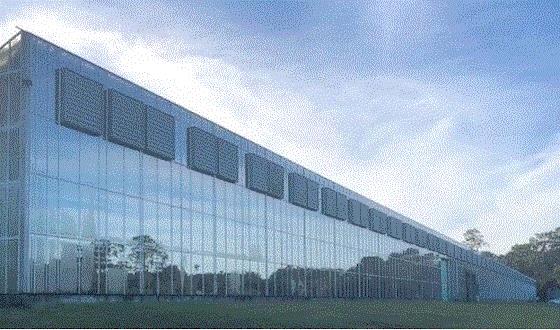
He said they’re now selling out—even at the higher post-tariff price—before the plants are even ready, as they’re one of the few that have them.
“Sometimes I wish I had increased the supply—we would sell all of it.”
Yet another great example of that famous quote (usually mis-attributed to Einstein): “In the middle of every difficulty lies opportunity.”
Sounds like something Marcus Aurelius would say. Thanks for letting me include it here, Chris!
If you have any comments, questions or suggestions for content, email me about them at ewells@ballpublishing.com.

Ellen Wells
Senior Editor
Green Profit
This edition of Tropical Topics was sent to 28,941 loyal readers!
If you're interested in advertising on Tropical Topics, contact Kim Brown ASAP!